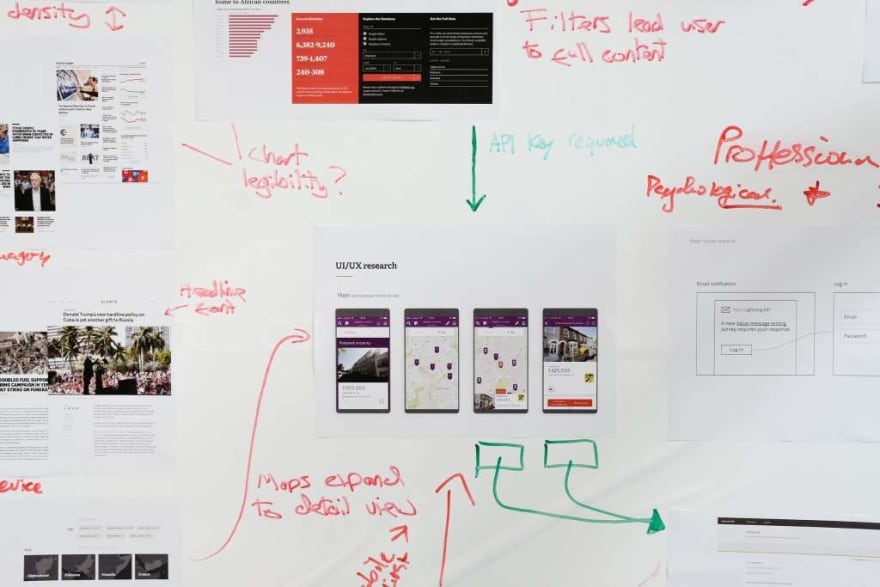Coming up with an initial idea is easy, right? But how are you meant to know which ideas have real potential and which should be binned as soon as possible?
Design thinking – sometimes referred to as design-led thinking – provides a framework for rapidly creating and testing these initial glimmers of ideas, opening up all sorts of possibilities. Although the approach sounds as though it should be the preserve of the creative professions, it can be used to great effect when applied to complex business problem solving that is far removed from the creative.
The philosophy of design thinking has been around for decades now, but only really began to gain currency outside of the design and creative community after the publication of the eponymous 2008 Harvard Business Review article by Tim Brown, then CEO and president of design company IDEO.
Fast forward eleven years and the design thinking process can be seen in action solving problems in all areas of business for some of the largest, most successful organisations in the world.
The process
The process of applying design thinking is pretty straightforward; firstly, the challenge(s) need to be exposed clearly so that they can be deconstructed, understood and defined fully. Experts are often consulted during this stage (which is comparable to a traditional discovery phase) and a key aim during this process is to empathise with end users.
Next comes a rapid-fire innovation phase, sometimes called an ideation phase, where all manner of solutions are tabled by the team. The aim here is to encourage creativity, so it’s important to avoid rubbishing or questioning the ideas that are put forward.
From here, the most actionable or suitable solutions are selected by the team and are moved into the third stage where these ideas are worked up rapidly into prototypes and deployed in their most minimal form. This rapid prototyping process allows each solution to be examined and either accepted and improved, or rejected. This iterative process of measuring, improving, and measuring again is repeated until the desired solution is considered “good enough” to ship.
Happily, the skills required for applying the design thinking process are normally already present within teams, so with a simple rulebook in place, there is tremendous scope to apply creativity to solve real-world problems. We often employ the process when designing and developing new digital products or digital services for our clients, and it is enormously satisfying to experience a product team (which includes client stakeholders), setting aside their preconceptions and relishing the dynamic that soon envelopes the group.
Challenges when applying design thinking
We’ve noticed two main challenges when applying the design thinking approach, and each needs to be considered before starting. Firstly, team ideation sessions (or brainstorms, or thoughts showers, or whatever you like to call them), are critical to developing those early glimmers of solutions, but many people find this environment uncomfortable at first and need rigorous moderation to stay focused and make the process effective.
The second challenge is keeping the team disciplined, open minded and objective when converting the early “blue sky” solutions into first stage prototypes for testing and feedback. Prototypes need to be worked up, assessed and dropped or improved quickly to keep the process moving, but sometimes team members can get bogged down developing a solution that others can see isn’t going to work.
Once mastered, however, the process feels very natural, and speaking from my own experience, is a hugely effective way to arrive at a solid answer to a challenge. Typically, that answer is found far earlier on, and with less energy and cash expended than if we took the first good-sounding idea and developed it fully before realising a different approach could have been so much better.
I write this post because design thinking is something everyone can and (in my opinion), should practice, whether they’re building a digital product, changing a business strategy, or organising a team.
Look out for my next post in which I’ll delve deeper into the individual steps of the process and sharing the tips and tricks our team has developed during the time we’ve been applying the design thinking approach.
The post Design thinking appeared first on Browser London.





Top comments (0)